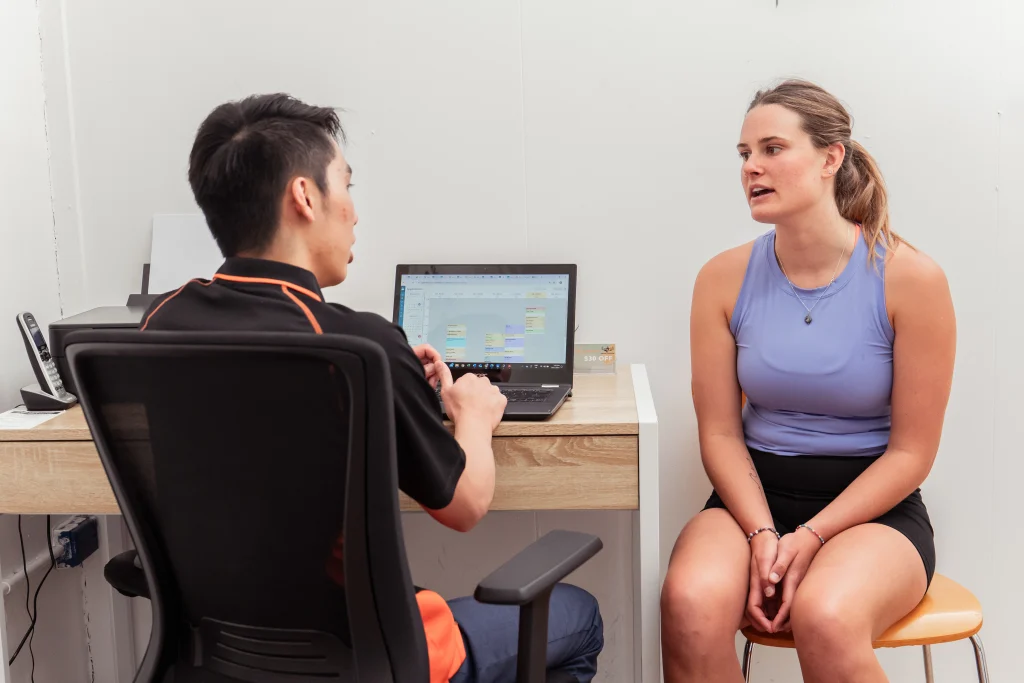
Recovery from an injury is rarely a straight line. There are often times when progress feels steady and positive, followed by moments when pain increases or improvement seems to stall. These setbacks are completely normal and part of almost every rehabilitation journey. They simply reflect the complexities of how the body heals, adapts, and responds over time.
Setbacks Are Normal
It’s important to understand from the start that recovery is rarely linear. While the overall trend is toward improvement, ups and downs along the way are to be expected. In some conditions, setbacks are even more common. For example, people with persistent back pain often experience periods of improvement followed by flare-ups. Similarly, someone with a history of on-and-off back pain might go months without symptoms, make great progress in the gym, and then suddenly have a flare-up that seems to come out of nowhere. Recognising these patterns helps reduce frustration and keeps you focused on the bigger picture rather than getting caught up in short-term changes.
Why Do Setbacks Happen?
Setbacks can be caused by many different things, often more than one at the same time. Some of the most common factors include:
- Doing too much too soon
- Exposing the body to something it is not used to
- Poor sleep or fatigue
- High levels of stress
- Poor nutrition or hydration
- Work demands or changes in daily activity
- Illness or unrelated health issues
Sometimes setbacks can happen without one clear obvious reason at all and that’s normal too.
Managing Setbacks: Staying in Control
The most important part of managing a setback is recognising that it doesn’t mean you’ve lost all your progress. If you expect ups and downs, they won’t affect you as much mentally. Often the psychological side of setbacks – fear, panic, or anxiety – is more disruptive than the physical symptoms themselves.

The goal is to stay in control. That means continuing to do the right things, but modifying them when needed and not letting worsening in pain take control of people’s work lives, social lives and engagement in physical activity. For example, you may need to temporarily reduce exercise intensity, shorten sessions, or adjust activity levels. Once symptoms settle, you can gradually build back up again and get back on track.
When setbacks feel overwhelming or difficult to manage on your own, getting a second opinion or checking in with a healthcare professional can provide reassurance and direction. Sometimes all that is needed is confirmation that what you are experiencing is normal and part of the process. Other times, your program may need small adjustments to help you get back on track. Having professional guidance not only reduces uncertainty but also gives you a clear plan to follow, which can make setbacks feel far more manageable.
Conclusion
Setbacks are a normal and expected part of recovery. By understanding why they happen and approaching them calmly, you can prevent them from becoming overwhelming. Sometimes setbacks are unavoidable and it’s about learning how to manage them while keeping your long- term goals in sight. If you’re encountering a setback on your rehab journey, contact our team of experienced physiotherapists.

